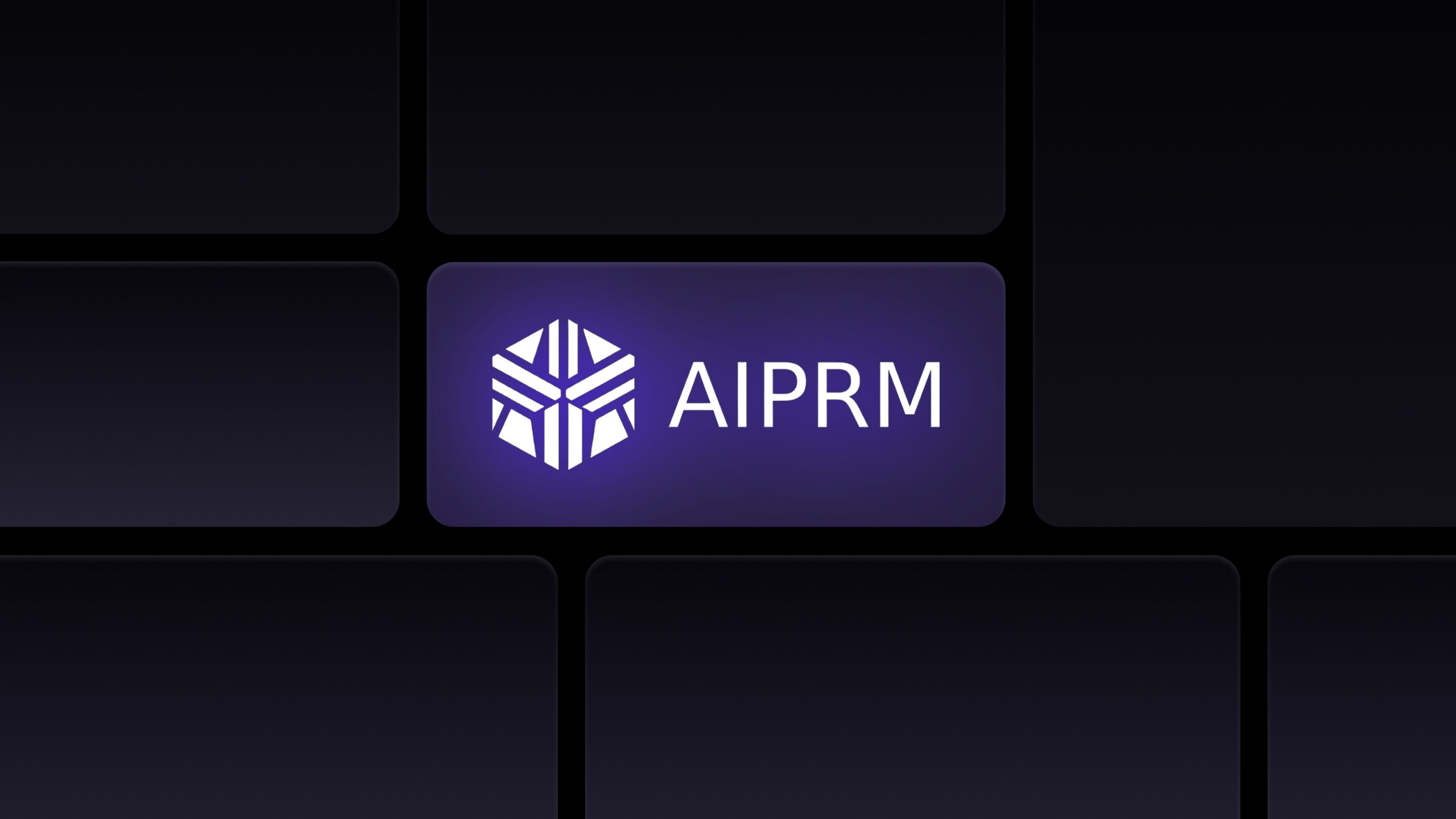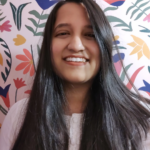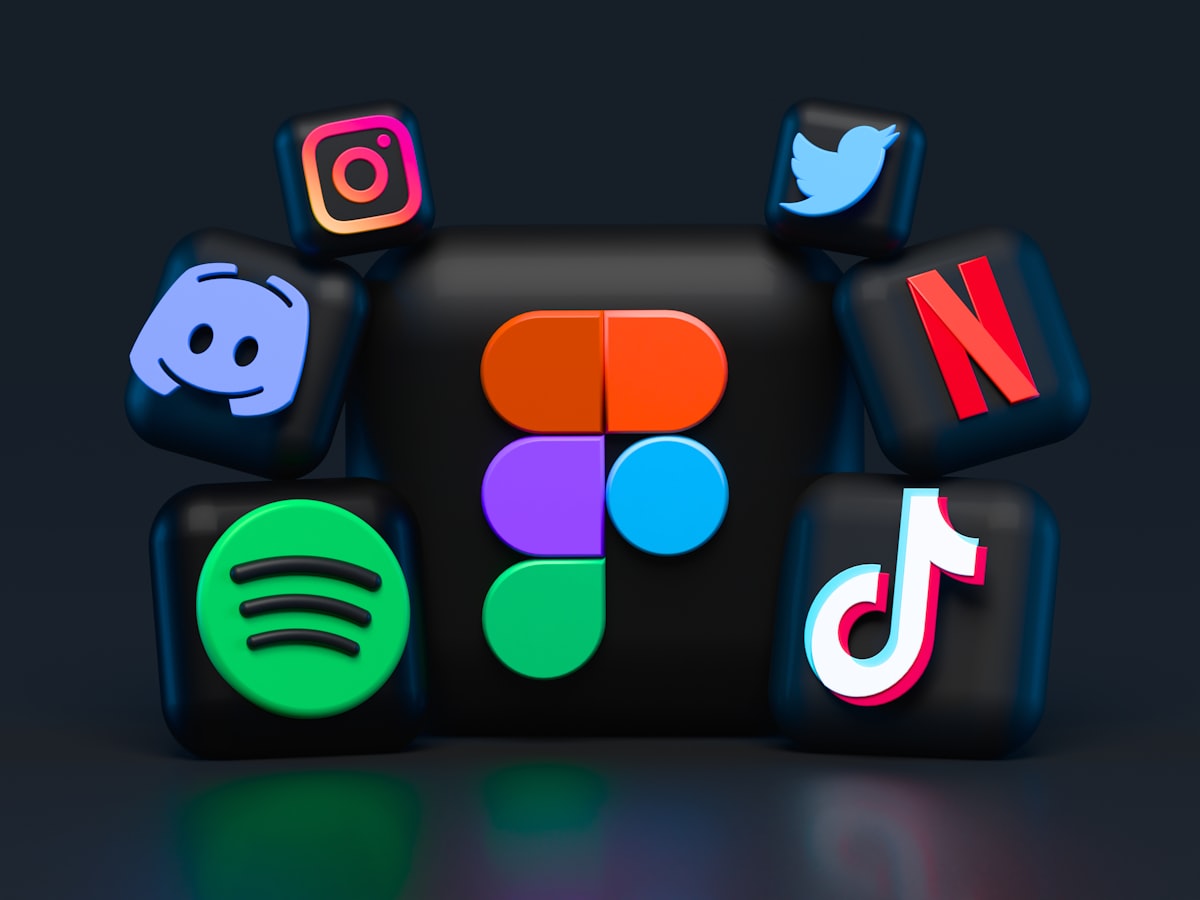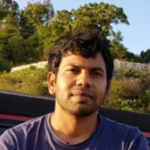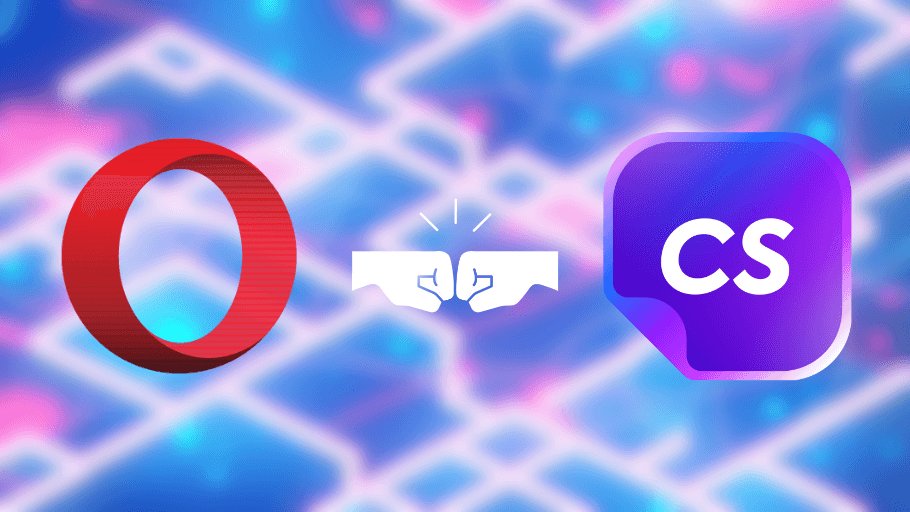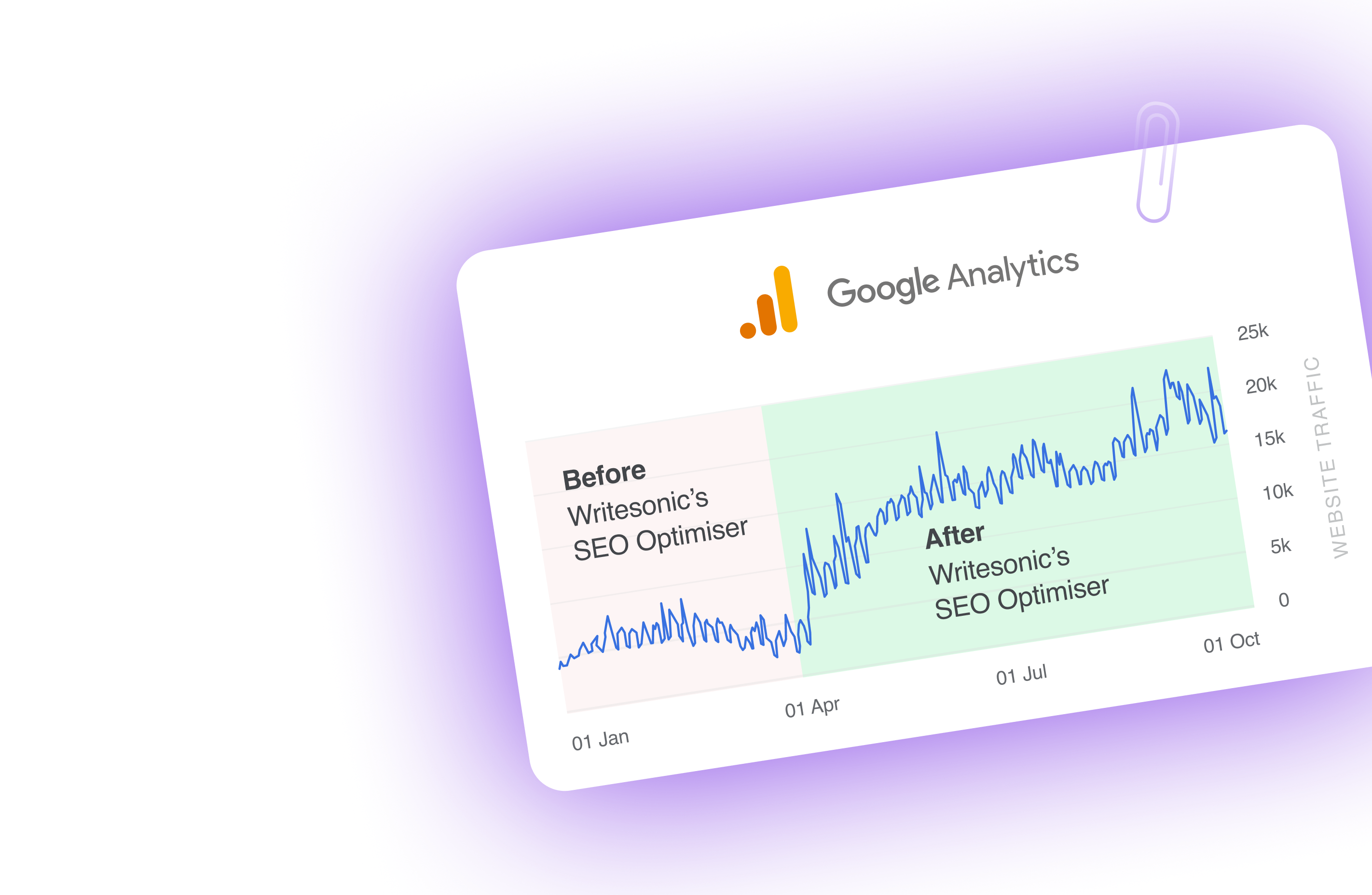Did you know that a typical SEO writer dedicates around 8 hours per week to keyword research and content planning?
Trust me, I know the struggle.
Your to-do list keeps growing–researching keywords, drafting content briefs, crafting meta descriptions, analyzing competitors, and so much more.
The good news is that using ChatGPT for SEO has cut my workload by almost 50%.
But here’s the catch–throwing random prompts at ChatGPT won’t magically solve your SEO challenges. You need battle-tested prompts combined with strategies that work.
That’s why I’m sharing 12 actionable ways on how to use ChatGPT for SEO–the same techniques that help me save countless hours while boosting my rankings.
Here’s what you’ll learn from this blog:
- How to conduct keyword research more efficiently with ChatGPT.
- Proven strategies to identify content gaps and uncover new opportunities.
- Ways to streamline your SEO audits and testing using AI.
- How to create SEO-optimized content outlines and meta tags in minutes.
- How to use ChatGPT to generate insightful SEO reports and track trends.
- A collection of tried-and-tested ChatGPT prompts to enhance your SEO efforts.
Common misconceptions of using ChatGPT for SEO + Benefits and limitations
As powerful as ChatGPT is, there’s a lot of misinformation about its capabilities, especially when it comes to SEO.
Let’s clear the air and explore both the strengths and limitations of using ChatGPT for SEO and marketing.
1. ChatGPT will NOT harm SEO rankings
A common concern is that AI-generated content will negatively impact rankings.
Google clarified this misconception, stating that AI content isn’t penalized outright—the key is quality.
Whether your content is human- or AI-generated, it needs to meet Google’s E-E-A-T (Experience, Expertise, Authoritativeness, and Trustworthiness) standards.
In fact, when done right, AI can enhance SEO rather than harm it.
2. AI cannot replace human SEO experts
ChatGPT is a fantastic tool for speeding up tasks. However, it cannot replace a human expert’s ability to develop nuanced strategies or consider complex business scenarios.
For example, a human SEO specialist can analyze data trends, predict industry shifts, and craft a roadmap tailored to your business.
ChatGPT supports these efforts but isn’t equipped to lead them as it lacks the ability to come up with new ideas and strategies.
With these misconceptions out of the way, let’s cover the benefits and limitations of ChatGPT for SEO:
Strengths of using ChatGPT for SEO
- Cost-effective:
ChatGPT acts as a virtual assistant that can generate SEO-focused content, brainstorm ideas, and even help with keyword research without adding to payroll costs.
It’s a budget-friendly way to improve your marketing efforts.
2. Streamlines SEO and marketing tasks:
ChatGPT can tackle repetitive tasks like writing meta descriptions, generating blog outlines, or drafting email templates.
The tool is especially helpful for tasks that demand a particular brand voice and adherence to SEO principles.
3. Versatile across various industries and use cases:
ChatGPT’s adaptability is another strength. The tool isn’t restricted to a specific niche or vertical.
Whether you’re optimizing a tech blog, crafting content for an e-commerce site, or need to generate some reports for your finance team, the tool tailors its output to meet industry demands.
4. Great for brainstorming:
Stuck on what to write? ChatGPT can generate topic ideas, structure outlines, or even suggest subheadings for SEO-focused blogs. It’s like having a brainstorming partner ready at all times.
Limitations of using ChatGPT for SEO
- No real-time SEO data:
Unlike specialized SEO tools like Ahrefs or SEMrush, ChatGPT cannot access real-time data such as search volumes, trending topics, or competitor insights.
For instance, if you’re targeting a keyword surge due to a seasonal trend, ChatGPT won’t provide the latest statistics.
This makes Chatsonic a much better alternative to ChatGPT, as the tool integrates with platforms like Google Search Console and Ahrefs to provide real-time data instead of randomized outputs.
2. Dependent on prompt quality:
The quality of ChatGPT’s output depends entirely on the prompts you feed it. Vague or poorly structured prompts can lead to generic or irrelevant content.
Marketers must invest time crafting clear and specific instructions to maximize its potential.
3. Limited context understanding:
While ChatGPT excels at processing large datasets, it occasionally misses nuances or context, especially for highly technical or industry-specific topics.
For example, without detailed input, the AI might not fully grasp the intent behind long-tail keywords or the subtleties of semantic search engine optimization.
How to use ChatGPT for SEO: 12 powerful ways
1. Conduct keyword research
Generating semantically related keywords
You can start by feeding ChatGPT a primary keyword (e.g., “AI marketing tools”) and ask it to generate related terms, synonyms, and long-tail variations.
ChatGPT will provide a list you can further refine or expand upon, saving time in the brainstorming phase.
This is also a great way to create topic clusters for your website blog to plan your content calendar.
Here’s an example:
As you can see from this example, ChatGPT provides a very basic overview of semantically related (LSI) keywords for “indoor workouts.”
But if you’re looking for a ChatGPT alternative that provides deeper insights, Chatsonic takes keyword research to the next level.
Chatsonic’s marketing mode feature is integrated with live data sources like Ahrefs and Google Search Console, allowing you to pull real-time search volumes, keyword trends, and competitor keyword strategies.
This means you can identify the most valuable keywords, search volumes, competition levels, and trends in one place without leaving the platform.
Here’s the kind of output you’ll get from Chatsonic for the same prompt:
As compared to ChatGPT, it’s clear that Chatsonic provides a much clearer and more insightful overview of keywords.
Unlike ChatGPT, Chatsonic provides details on search volume, intent, and keyword difficulty within the platform.
This means you won’t have to do your own cross-checking and extensive research.
And it doesn’t just stop at insightful keyword reports.
Chatsonic even presented me with tips and strategies for SEO writing for these keywords:
Thanks to Chatsonic’s Marketing Mode, time spent on conducting extensive keyword analysis and cross-checking data is significantly reduced.
I can rely on one tool for everything, including brainstorming, factual data, and AI-enhanced SEO and content.
Unlike ChatGPT, which operates on historical data, Chatsonic integrates directly with live SEO tools, ensuring you always have the most relevant and up-to-date insights.
Conducting keyword research and gap analysis
Chatsonic goes one step further by identifying competitor keywords, plus the page that is ranking for that particular term.
What I love most is that, just from the simple prompt below, I received an entire SEO analysis on the keyword “healthy weight loss recipes.”
From a list of long-tail keywords to the top-ranking pages for SERP, Chatsonic’s output even includes tips and strategies for beating competitor content.
This is the output I received from ChatGPT:
In comparison to ChatGPT, you can see Chatsonic has a much more data-driven and insightful analysis for keyword research using the same prompt:
It’s safe to say that tools like ChatGPT are great for keyword research.
But Chatsonic definitely has the upper hand if you want to reduce time spent on research or are a beginner in SEO.
2. Perform competitor SEO research
SEO isn’t just about creating more content. The challenge lies in creating content that fills gaps in your existing strategy and aligns with user intent.
ChatGPT can help identify these opportunities, but Chatsonic gives you actionable insights on how to execute them effectively.
For example, if you want to analyze competitor content, you can ask ChatGPT to compare blogs to identify which sections of your blog are lacking.
Here’s how I used ChatGPT to compare an existing Writesonic blog about “Conducting Content Gap Analysis” with another blog that ranks for SERP:
If you want quick SEO competitor insights without all the time and effort of scrolling through each blog, ChatGPT is a great way to fast-track this.
This output is great, but it lacks factual insights and proof.
On the other hand, when I used the same prompt in Chatsonic, I received a much more detailed and insightful output.
Not only did it provide me with a table similar to ChatGPT’s, but the tool also created in-depth comparison reports on different SEO aspects, including backlink profiles, keyword performance, traffic analysis, etc.
Here’s what the output looks like for the same prompt on Chatsonic:
Again, Chatsonic is a clear winner if I want an in-depth, fact-checked result for my SEO competitor analysis.
By analyzing the topics your competitors cover and their rankings, Chatsonic suggests content gaps where your site could rank higher by targeting underserved topics that can truly drive traffic.
💡Learn how to make ChatGPT sound more human [Examples + Prompts]
3. Conduct SEO testing and auditing
SEO audits and testing are essential for identifying weaknesses in your website’s content, structure, and technical performance.
ChatGPT can assist with audits to some extent, but SEO testing and comprehensive audits require deeper insights that Chatsonic can provide through integrations with SEO tools.
While ChatGPT cannot directly perform technical audits, it can:
- Generate checklists for on-page SEO tasks, such as optimizing title tags, meta descriptions, header tags, image alt text, and internal linking. Simply ask it to provide an SEO audit checklist for a specific page or a broader site, and it will walk you through each step.
- Create structured SEO reports by feeding raw data from a Google Analytics export or Ahrefs report and ask it to summarize the key insights and action points.
- Analyze content for SEO factors by asking ChatGPT to review a draft. It can give feedback on keyword usage, readability, and other SEO-friendly factors like internal linking and keyword density.
For a truly effective SEO audit, you need live data and actionable insights.
Chatsonic excels in this area with its real-time integration with key SEO tools.
Chatsonic can analyze your site’s on-page and off-page SEO aspects, such as page load speed, mobile friendliness, keyword performance, sticky elements, and more.
Here’s an example:
4. Identify content opportunities based on user queries
One of the most effective ways to create SEO-friendly content is to directly address the specific queries users directly are asking.
By identifying the exact questions users are searching for, you can build highly relevant and valuable content to your target audience.
ChatGPT can help you identify content gaps by analyzing the “People also ask” section in Google’s search results.
You can ask ChatGPT to summarize the types of questions Google displays for a given keyword, enabling you to create content that matches those queries.
For example, if you search for “AI marketing tools,” you’ll see this “People also ask” with related questions.
By creating content that answers these specific questions, you can target long-tail keywords and increase your chances of ranking in the PAA section.
According to Backlinko’s analysis of Google’s featured snippets, pages that directly answer user questions tend to rank higher in the SERPs, particularly in the PAA sections.
ChatGPT can identify these user queries so you can develop content that is aligned with exactly what users want to know, increasing your organic traffic and ranking potential.
Here’s how you can do this on ChatGPT:
As you can see, ChatGPT provides a pretty basic list of questions. But it’s not enough to create SEO-optimized content.
For this, Chatsonic provides much more valuable insights using actual data.
What I love here is how Chatsonic incorporates its built-in “Answer the People” tool.
You get a clear overview of each particular question, the search volume, and why you should cover that particular question or topic for a blog.
5. Topic gap analysis
Topic gap analysis is the process of identifying these overlooked areas and building content around them.
Many websites overlook certain subtopics or emerging trends, making this a great strategy for you to boost the ranking of your content.
This also helps you create more comprehensive resources and strengthens your site’s authority.
You can ask ChatGPT to analyze content from your competitors on a particular topic.
For example, you can prompt ChatGPT to:
“Compare the top 5 blog posts on SEO tools and highlight any missing subtopics or areas that could be expanded.”
ChatGPT will identify which points your competitors cover and where they fall short, helping you find gaps to target in your own content.
ChatGPT can also help you identify new trends or emerging topics that aren’t yet widely covered.
For example, in the fast-changing world of AI and machine learning, ChatGPT could alert you to topics such as “ethical implications of AI in marketing” or “AI-driven content personalization” that are gaining traction.
Also check out: 10 best budget-friendly SEO software tools
6. Create SEO-focused schema markups
Structured data, also known as schema markup, is an essential SEO element that helps search engines understand the context of your content.
Using schema markup provides search engines with detailed information about your content, which can help them display richer results (like featured snippets, star ratings, etc.).
Here’s an example of what a search result with structured data looks like:
ChatGPT may not directly insert schema markup into your website’s code, but it can assist by providing a template for your data.
For example, if you have a blog post about a product, you can ask ChatGPT to provide the schema markup for a product review page.
It will generate the necessary JSON-LD (JavaScript Object Notation for Linked Data) code, which you can then integrate into your website.
You can also be more specific with your prompt by defining the kind of page you want the scheme markup for and other key details, such as what the page includes.
Incorporating schema markup into your pages makes it easier for Google to display your content in enriched formats, whether it’s a star rating, a recipe, or an event listing.
This helps your page stand out in the SERPs and can significantly boost organic traffic.
7. Identify link-building strategies
Did you know that 92% of pages that rank on the first page of Google have at least one backlink?
Quality backlinks help improve a website’s authority and rank on search engine results pages (SERPs). However, identifying and implementing effective link-building strategies can be time-consuming.
ChatGPT can help identify high-quality link-building opportunities by:
8. Suggesting potential link partners
You can ask ChatGPT to identify websites or blogs in your niche that could be relevant link-building targets.
For example, if you run a website about SaaS marketing, you could ask, “What are some authoritative blogs in the SaaS marketing industry that would be ideal for guest posting or backlinking?”
ChatGPT can suggest a list of industry-specific sites where backlinks could provide high SEO value.
9. Generating outreach email templates
One of the most tedious parts of link-building is crafting outreach emails. ChatGPT can create personalized, professional, and persuasive outreach email templates for link-building efforts.
You can provide it with details, such as the website you are reaching out to, and ChatGPT will generate a message that increases your chances of a positive response.
For example: “Write an outreach email for a SaaS blog offering to write a guest post about SEO trends for 2024.”
10. Identifying broken link opportunities
ChatGPT can help you identify broken link-building opportunities.
A common link-building tactic is finding broken links on authoritative websites and offering your content as a replacement.
You can ask ChatGPT to generate a list of potential sources where this might be a viable strategy.
For instance: “What authoritative marketing blogs should I analyze for broken link opportunities in 2024?”
While ChatGPT cannot identify broken links on a specific page, Chatsonic can easily conduct a deep outgoing link analysis.
As you can see below, Chatsonic reveals thorough insights into Backlinko’s outbound links and which ones may be broken.
Check out our list of 215+ ChatGPT prompts + How to write your own
8. Generate FAQs
The FAQ section of a blog page is also prime real estate for ranking in Google’s Featured Snippets, which can drastically improve visibility.
ChatGPT can assist you in creating SEO-friendly FAQ sections by optimizing your content to align with Google’s rich snippet format.
This includes phrasing answers in a concise, direct, and easy-to-read manner.
For example, the question “What is SEO?” could be answered in a way that Google’s algorithm is more likely to select for a featured snippet.
ChatGPT can help generate FAQs for niche topics by first analyzing what users are looking for in related content.
If your content is about “AI marketing tools,” you can ask ChatGPT to identify user queries like, “How do AI tools improve marketing ROI?” or “What are the best AI tools for customer segmentation?”
These FAQs will directly target long-tail keywords, further improving your content’s chances of ranking.
9. Create SEO-optimized blog outlines and content
Creating high-quality content that is also optimized for search engines requires a solid structure, effective keyword use, and strategic optimization.
For instance, you could prompt ChatGPT to “Create a detailed blog outline for ‘How to improve local SEO in 2024’,” and it will return a comprehensive structure with SEO-focused targeted subheadings.
Since ChatGPT helps structure the content, it can ensure the targeted keywords and related terms are naturally included throughout the outline.
ChatGPT can also suggest additional relevant subtopics that you might have missed in the outline.
For example, for a topic like “SEO strategies for 2024,” ChatGPT may recommend adding a subheading like “How voice search impacts SEO in 2024,” based on what users are currently searching for.
To fine-tune your content, an AI optimization tool like Writesonic can significantly enhance your efforts with real-time SEO suggestions, keyword integration, and content refinement.
Writesonic’s AI Article Writer provides real-time SEO recommendations, analyzing keyword density, topic relevance, and semantic coverage.
It helps you avoid keyword stuffing and ensures that your content covers all the essential topics for better search engine ranking.
I love how the tool also focuses on readability and engagement, offering customizations for brand voice and content guidelines.
Plus, Writesonic’s built-in SEO checker evaluates on-page factors like meta titles, meta descriptions, and header tags to ensure they’re optimized for SEO best practices.
It also recommends improvements for internal linking, ensuring your content is connected to other relevant pages on your site and boosting your overall SEO.
With Writesonic, you can seamlessly integrate content generation and search engine optimization so your blogs always rank.
Try AI Article Writer for Free
10. Analyze SERP trends
Analyzing SERP trends is essential for understanding how your content stacks up in terms of SEO.
ChatGPT can help identify patterns in search results by generating insights on ranking factors and content structures, but it doesn’t directly access live data from search engines.
On the other hand, Chatsonic, with its real-time web search capabilities, can provide a more dynamic approach by pulling current SERP data and analyzing real-time changes in search results.
Using Chatsonic’s marketing mode, you can input search queries and instantly retrieve detailed SERP analysis, including featured snippets, People Also Ask (PAA), and rich snippets.
This real-time data helps you adapt your content strategy by observing which types of content are gaining traction and which search features dominate the page.
For example, Chatsonic can show you the specific types of content—like how-to guides, listicles, or videos—that are ranking for a particular keyword.
While ChatGPT can generate content based on broad search intent, Chatsonic takes it a step further by tracking search intent shifts and providing up-to-date insights, giving you a more actionable understanding of SERP dynamics.
11. Generate insightful SEO reports
Generating insightful SEO reports is key to understanding and improving your strategy, but the format and depth of the analysis can make a huge difference.
While ChatGPT can’t pull live data directly from your SEO tools, it offers a practical solution by allowing you to input CSV or Excel files containing your SEO data, such as keyword rankings, traffic, and other metrics.
Once you upload your data, ChatGPT can process and analyze it, summarizing the key takeaways, identifying trends, and offering actionable recommendations.
For example, let’s say you have a Google Analytics CSV file that includes columns like unique visitors, CTR, and bounce rate for a series of blog posts.
ChatGPT can analyze the data and give you a clear, concise summary of your performance.
It can highlight patterns, such as keywords with high search volume but low CTR, or blog posts with poor rankings but strong user engagement.
Here’s an example of what this looks like in action:
You can even ask ChatGPT to suggest specific actions to improve underperforming metrics, such as optimizing meta tags for certain keywords or improving internal linking strategies.
ChatGPT can even present insights in table format or visual summaries, which are easier to digest when shared with clients or teams.
For instance, ChatGPT could provide a table that compares performance across different blog posts, making it easier to identify which content needs the most attention.
12. Create meta-tags
While ChatGPT can help you generate meta descriptions and titles, it lacks direct access to real-time SEO insights to craft highly relevant and up-to-date meta-tags.
In contrast, Chatsonic brings a more sophisticated approach with its integration of live data and marketing tools.
Chatsonic uses real-time web search to evaluate current SERP trends and provides SEO suggestions that align with the latest keyword trends.
By analyzing the ranking of the most successful pages for a particular keyword, Chatsonic can help you create meta-tags that are both keyword-optimized and clickable.
For example, Chatsonic can recommend using specific semantic variations of your target keyword based on what’s currently ranking in the SERP.
Additionally, Chatsonic suggests meta descriptions that are not just keyword-rich but also engaging, ensuring they stay within the ideal character limits and follow best practices for user intent.
This can increase the likelihood of your pages standing out in search results, improving both SEO rankings and CTR.
Tried and tested ChatGPT prompts for SEO
From keyword research to competitor analysis, ChatGPT can help you streamline complex tasks and enhance your overall SEO strategy.
Below are more advanced and refined prompts designed to give you highly actionable insights.
1. Prompts for advanced keyword research
“Provide a list of long-tail keywords for ‘AI content writing tools’ with a focus on low-competition keywords that have the potential to rank in 2024.”
“What semantic variations of the keyword ‘SEO content optimization’ could help target search intent?”
“For the keyword ‘AI for content marketing,’ what are the search intent clusters that can guide content creation? Please include informational, transactional, and navigational intent.”
“Analyze keyword trends over the last 6 months in the SEO tools industry and suggest untapped keywords that can rank quickly in 2024.”
2. Prompts for SEO content strategy and blog outlines
“Analyze the top 5 ranking articles for ‘how to use ChatGPT for SEO’ and create an outline based on successful content strategies like keyword placement, content length, and subheadings.”
“Generate a blog post outline on ‘The impact of AI on SEO,’ ensuring keyword relevance in each section, and include potential header tags (H1, H2, H3) that align with top-ranking pages. The blog should be between 1500-2500 words for optimal SEO length”
“For a post about ‘SEO for mobile-first websites,’ suggest an outline targeting rich snippets and including FAQs and lists.”
“Create a blog outline for ‘Best on-page SEO strategies’ that focuses on providing practical tips and integrates semantic keywords in the subheadings.”
3. Prompts for on-page SEO optimization
“Review this blog post draft on ‘SEO content writing tips’ and suggest improvements to increase keyword density, optimize subheading structure, and enhance internal linking. [Insert blog content]”
“Rewrite this meta description for a page targeting ‘SEO tools’ to be more compelling, include a target keyword, and improve its click-through rate (CTR).”
“What are the best practices for optimizing H2 tags in blog posts? Suggest H2 headings for a blog about ‘SEO strategies for 2024.'”
“Review my content on ‘SEO for e-commerce websites’ and provide an analysis of whether it’s optimized for Google’s E-A-T guidelines, suggesting improvements for expertise, authority, and trustworthiness.”
4. Prompts for competitor content gap analysis
“Analyze the top 3 competitors for the keyword ‘AI in content marketing’ and provide an in-depth content gap analysis based on keyword coverage, content format, and missing subtopics.”
“For the keyword ‘SEO for SaaS companies,’ analyze the first page of Google and list topics or subtopics that haven’t been covered or are underrepresented in existing content.”
“Based on the top-ranking articles for ‘SEO keyword research,’ identify gaps in keyword intent and suggest additional questions or keywords that should be addressed.”
“Review the content of the top 5 ranking articles for ‘SEO audit checklist’ and provide a list of actionable topics or user pain points that are not being addressed.”
5. Prompts for advanced SEO reporting and data analysis
“Analyze the CSV data of keyword rankings and create a report that includes keyword growth, search volume changes, and actionable SEO recommendations.”
“Using the following data from Google Analytics and Google Search Console, create a comprehensive SEO report that includes traffic trends, keyword performance, and CTR analysis.”
“Given this SEO audit data, generate an executive summary that highlights the most important insights and next steps for improving content performance.”
“Based on this competitor comparison table, suggest 3 content strategy changes that would improve our rankings for ‘SEO for SaaS.'”
Chatsonic vs. ChatGPT: Which is better for SEO?
When it comes to SEO, Chatsonic and ChatGPT serve different purposes.
Here’s a quick comparison to help you decide which one fits your needs.
ChatGPT is a great starting point, especially if you’re a beginner in SEO and AI, but its functionalities are quite limited.
The tool is best for:
- Answering basic SEO questions and offering suggestions.
- Provide general advice on SEO best practices.
- Suggest ideas for keyword usage or content structure.
However, ChatGPT lacks real-time data access and doesn’t integrate with SEO tools like Google Search Console or Ahrefs.
This means it can’t help with live search volume, current SERP trends, or real-time competitor analysis.
While it’s great for basic SEO guidance, the tool falls short when you need advanced SEO insights.
Chatsonic, on the other hand, is designed with marketing and SEO in mind.
The platform connects to real-time SEO tools like Google Analytics, Ahrefs, and Google Search Console, giving you up-to-date data and actionable insights.
Here’s why it’s a step ahead for SEO specialists and content writers:
- Live data integration: It pulls real-time insights from your SEO tools, so you’re always working with the latest metrics.
- Advanced content optimization: Beyond basic content, Chatsonic can suggest keyword tweaks, improved headlines, and better schema markups based on live data.
- Web search: Chatsonic’s ability to search the web in real time lets you stay on top of trending topics, SERP shifts, and competitor strategies.
So which one should you pick?
Chatsonic is clearly the better choice for a more comprehensive SEO strategy.
You can always use both in tandem—ChatGPT for quick advice and Chatsonic for data-driven decisions.
But if you really want to boost your SEO performance and get instant, data-driven insights, Chatsonic is clearly the better choice.
How Writesonic can help you create SEO-friendly content
Speaking of SEO-friendly content, Writesonic is a powerful tool that combines both content generation and optimization in one platform.
Writesonic’s AI Article Writer is designed to help you generate high-quality, long-form content in a matter of minutes.
Whether you’re creating blog posts, landing pages, or product descriptions, the tool can produce well-structured, informative, and engaging content tailored to your specific needs.
Simply provide a few details, such as your topic, keywords, reference articles, and additional configurations, and the AI will produce content that matches your requirements.
Writesonic ensures your content is clear, coherent, and ready for SEO optimization. It will ALWAYS present fact-checked data.
Once your content is generated, Writesonic’s SEO optimizer fine-tunes your text for maximum SEO impact.
Here’s how this feature works:
- Real-time keyword recommendations: Suggests keywords to target based on search intent, competition, and relevance. It ensures you’re hitting the right SEO targets while avoiding keyword stuffing.
- Content readability: Checks for sentence structure, paragraph length, and overall flow—key factors in ranking higher on search engines.
- On-page SEO suggestions: For improving important on-page SEO elements like headings, meta descriptions, image alt texts, and internal linking. It even recommends structure changes to enhance SEO friendliness.
- Competitor analysis: Writesonic compares your content with high-ranking pages in your niche, giving you insights into what works for top-performing articles. You can adjust your content based on this analysis to increase your chances of ranking higher.
The best part is that the tool gives your content an SEO grade, so you know exactly how strong your blog is for search engines.
So, are you ready to boost your content’s SEO performance?
Try Writesonic today and watch your rankings soar!
FAQs
1. How can ChatGPT help with SEO?
ChatGPT can assist with various SEO tasks, including keyword research, content generation, optimizing on-page elements like meta descriptions, and creating SEO-friendly blog outlines.
Analyzing competitors and SERPs helps identify content gaps, trends, and opportunities, making your SEO process more efficient and data-driven.
2. Is ChatGPT good for generating SEO-optimized content?
While ChatGPT is great for generating content quickly, it’s best used alongside other SEO tools to ensure keyword density, relevance, and on-page optimization.
For the best results, combine ChatGPT’s writing capabilities with SEO optimization tools like Writesonic to fine-tune your content for rankings.
3. Can ChatGPT perform keyword research for SEO?
ChatGPT can generate keyword ideas and suggest long-tail variations, but it doesn’t have direct access to search volume or competition data.
For accurate and real-time keyword insights, it’s best to use dedicated SEO tools like Ahrefs or SEMrush in conjunction with ChatGPT’s suggestions.
4. Does Google penalize content generated by ChatGPT for SEO?
No, Google doesn’t penalize AI-generated content as long as it meets their quality standards. Google focuses on the value and relevance of the content, not the tool used to create it. ChatGPT can help create high-quality, relevant content that adheres to SEO best practices, which is what matters most.
5. Can ChatGPT improve my existing SEO strategy?
Yes, ChatGPT can improve your SEO strategy by providing fresh ideas for content, helping with keyword research, and offering optimization tips.
However, it’s important to pair it with comprehensive SEO analysis tools to gain a holistic view of your website’s performance and identify areas for improvement.





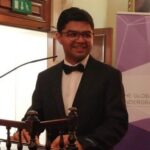

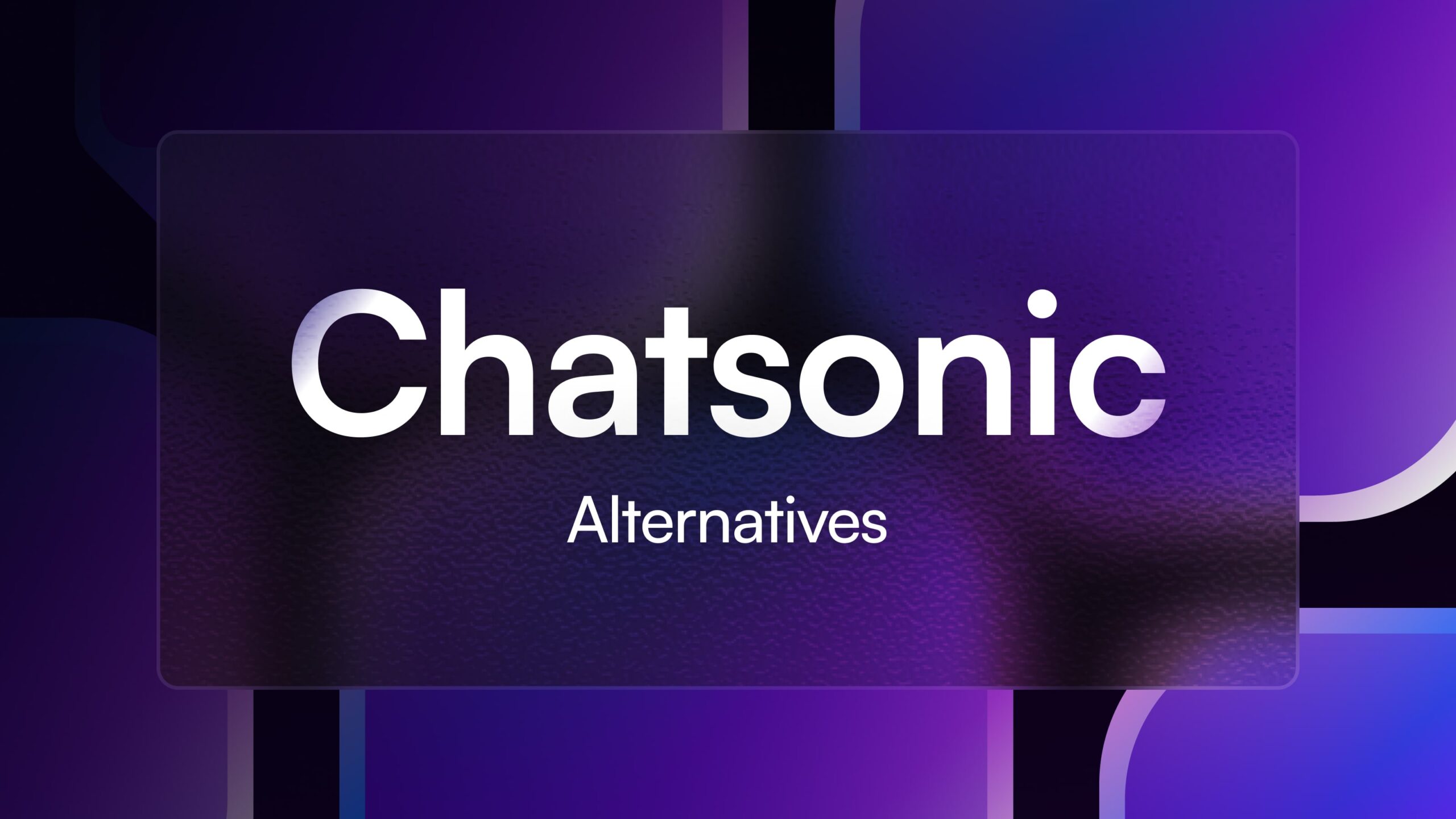
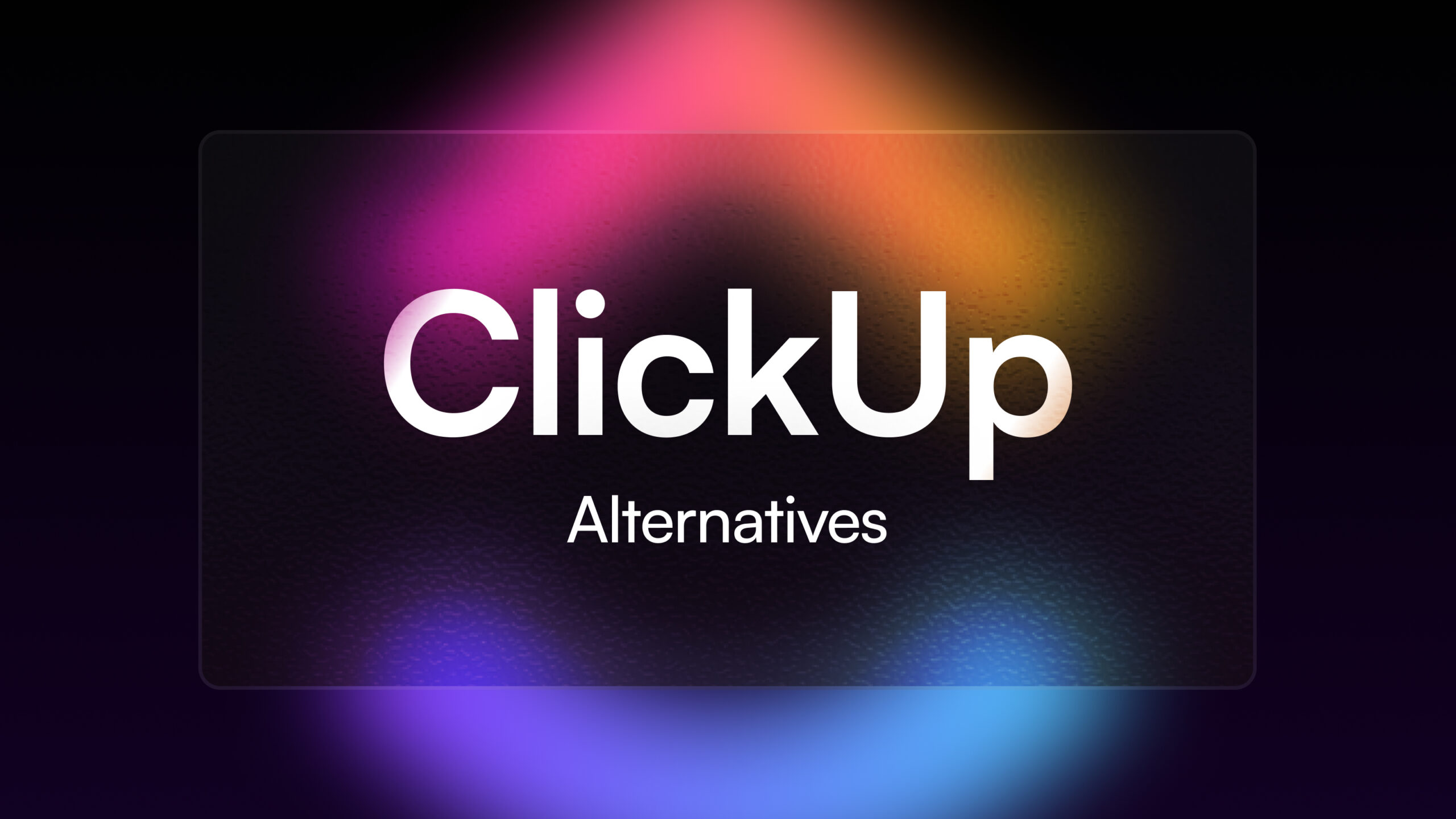
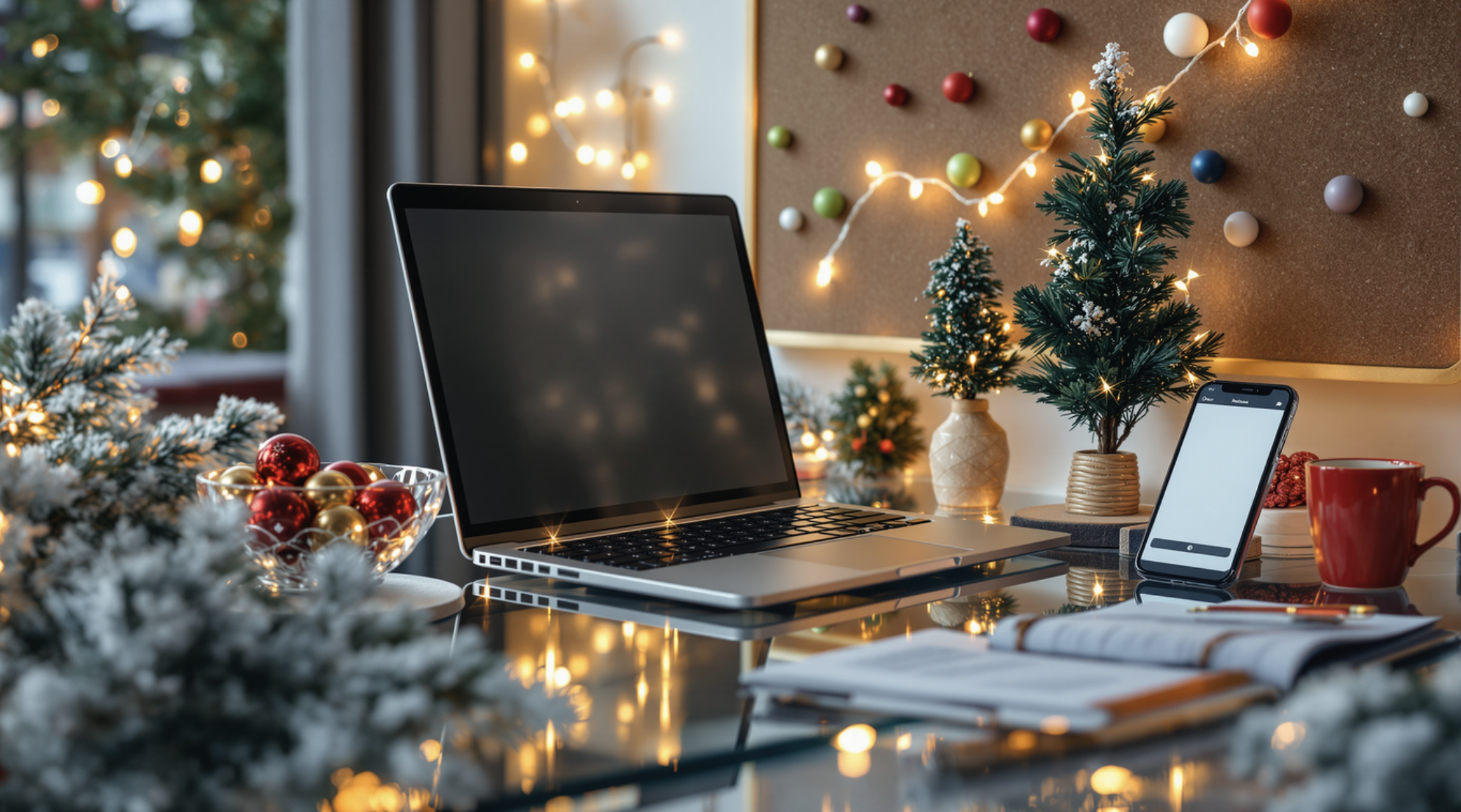


![How to Outsource Content Writing: Essential Steps [+10 Best Platforms]](/wp-content/uploads/Outsourcing-Content-Writing.jpg)
